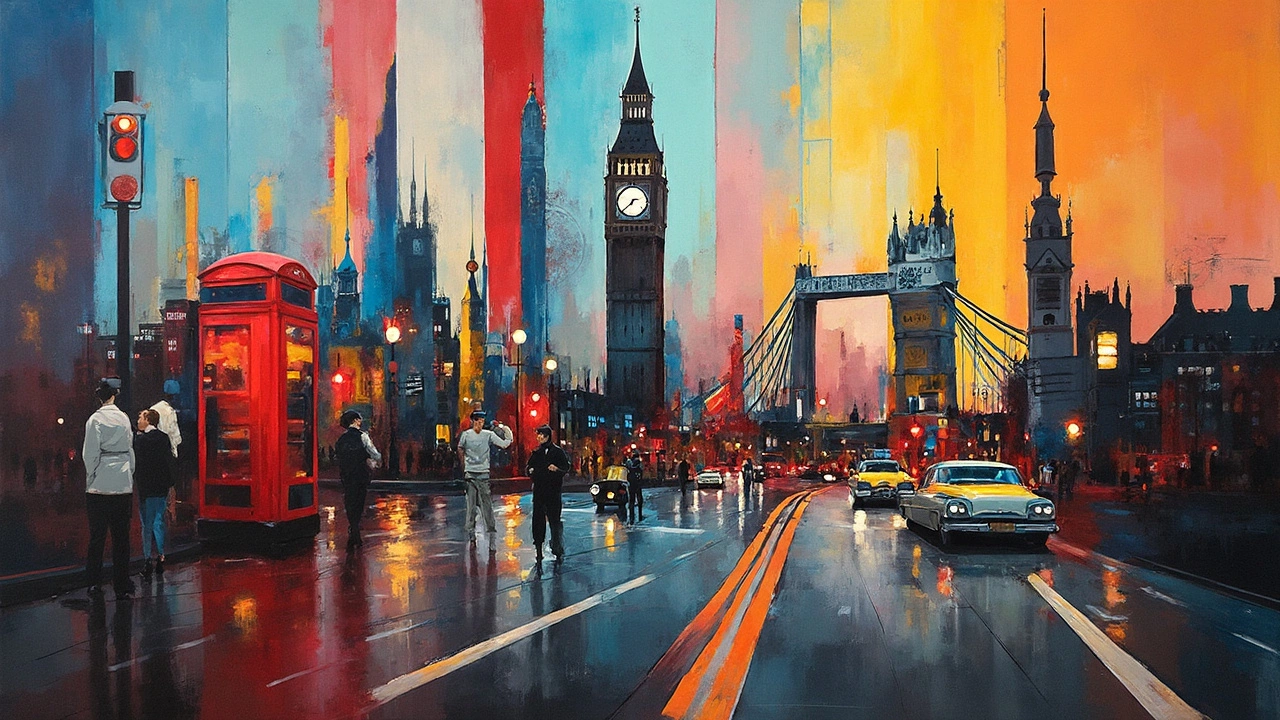Braque: How Georges Braque Shaped Cubism and Modern Art
Georges Braque changed painting by breaking objects into planes and rebuilding them on canvas. He worked with Picasso in the early 1900s and invented key Cubist moves that still influence art today. If you want to recognize Braque, look for muted colors, tight compositions, and a focus on form over illusion.
Braque started as a Fauvist, using bright color and bold brushwork, but his style shifted after meeting Picasso around 1907. Together they explored the same subjects from multiple angles, then flattened space to show different views at once. That approach turned into Analytical Cubism, where shapes overlap like a visual puzzle.
What to look for in a Braque painting
First, notice the palette: Braque often used browns, grays, and ochres. This limited color range lets structure and rhythm stand out. Second, check for fragmented forms—musical instruments, bottles, and pipes appear as cut planes. Third, watch for stenciled letters or glued paper scraps in later works; Braque helped pioneer papier collé, adding real texture to paintings.
Braque’s brushwork is careful, not showy. You won't find gestural splashes; instead you'll see precise shifts in tone that build volume. Even when his compositions look geometric, they feel tactile because he handled paint to suggest weight and surface. That mix of drawing and painting is a signature move.
Why Braque matters now
His experiments rewired how artists think about space and objecthood. Designers, architects, and digital creators borrow Cubist ideas when they break layouts into grids or deconstruct shapes. Collectors value Braque for originality and influence—early Cubist works and papier collé pieces are historically important.
If you're seeing Braque in person, stand close then step back. Up close you’ll notice subtle shifts in texture and brush marks; back away and the fragmented planes resolve into familiar objects. Museums often pair Braque with Picasso to show their dialogue, so compare pieces side by side to see subtle differences: Picasso pushed dramatics, Braque refined structure.
For beginners who want to study Braque, start with key works like Violin and Candlestick or Houses at L’Estaque. Read short museum labels and compare reproductions online. Try a quick exercise: pick a simple object, sketch it from two angles, then redraw it on one page as overlapping planes. That practice reveals why Braque’s method felt radical.
Braque kept painting for decades, moving through still life, landscapes, and later more decorative motifs while keeping that core concern with form. His work rewards repeat visits: each viewing reveals new relations between shape, texture, and space. If you like clear structure with a quiet intensity, Braque is worth your time.
Want to learn more? Visit major museums like Centre Pompidou, Tate Modern, and MoMA to see originals. Museum catalogs and short monographs by reputable authors help more than long textbooks. If you collect reproductions, choose good prints and check provenance. For hands-on practice, try a cardboard collage using glued paper and limited colors to echo Braque’s papier collé experiments. Enjoy the process daily.

